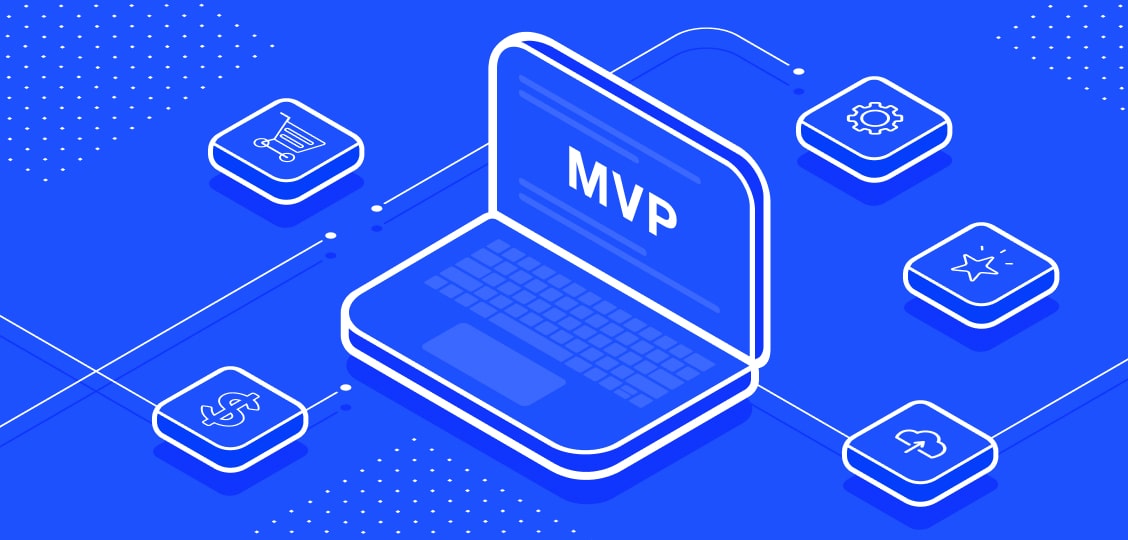What are the key marketplace MVP features?
A digital marketplace platform aims to enable consumers to make
purchases from multiple providers. Vendors, in their turn, add goods
and services to the system, accept and track payments, analyze sales
reports, and receive customer feedback.
Marketplace owners should have the possibility to verify the
identity and banking details of sellers, change pricing, as well as
manage listings. Therefore, it is crucial to implement online
marketplace functionality that will satisfy the needs of each party.
1.
Registration and authorization
To create the profiles of consumers and organizations or individual
experts, MVP marketplace developers need to provide the possibility
to sign in and sign up. After collecting the feedback of end-users,
you will be able to deliver various authorization methods according
to their preferences, for example, via social networks like
Facebook, Twitter, Instagram, LinkedIn.
2.
Profiles
Vendor profiles generally include information like company address,
open hours, contacts, description, terms of delivery. Customer
profiles contain data such as name, age, payment, shipping, and
billing details.
3.
Catalogs
Businesses should be able to add their goods or services to a
marketplace website or application, upload images, create product
descriptions, and edit information.
4.
Search
When building a marketplace website or application, it is crucial to
incorporate various filters and categories to facilitate search.
Designers should organize content in such a way that users can find
the information they need with a few clicks.
5.
Order placement and tracking
To make purchases, consumers have to make orders that will be
further processed by a digital marketplace platform. Additionally,
it will be reasonable to enable order tracking, so that buyers can
monitor its status at any stage of delivery.
6.
Online payments
This is an essential marketplace MVP feature that allows for
carrying out online transactions without leaving the system. By
integrating a gateway solution, software engineers can enable
various payment options instead of developing this marketplace
functionality from scratch.
Acting as an analog of a digital terminal, a payment gateway serves
for verifying customer identity and processing transactions, as well
as protecting merchants from fraud. PayPal, Stripe, Square,
Braintree are examples of popular gateways.
7.
Reviews and ratings
By collecting customer feedback, providers will be able to access
user satisfaction and identify the existing issues. Consumers, in
their turn, will make more informed purchasing decisions based on
ratings and testimonials.
8.
Notifications
With this marketplace app feature, vendors can inform buyers about
delivery status, special offers, discounts, product availability,
etc. by sending in-app messages, emails, or smartphone messages. At
Arateg, we employ an API to implement this MVP functionality instead
of building it from scratch, which contributes to faster time to
market.
Check out with which
third-party services
—for instance, for order/inventory management, online payments, data
analytics—you can integrate a marketplace platform.
9.
An admin panel for marketplace owners
Serving as a separate application, an administrator panel can allow
marketplace owners to manage content, users, and payments, change
pricing plans, generate sales reports, track order statuses, as well
as set up push notifications. When developing this marketplace
functionality, engineers can tailor it to your business-specific
requirements.



